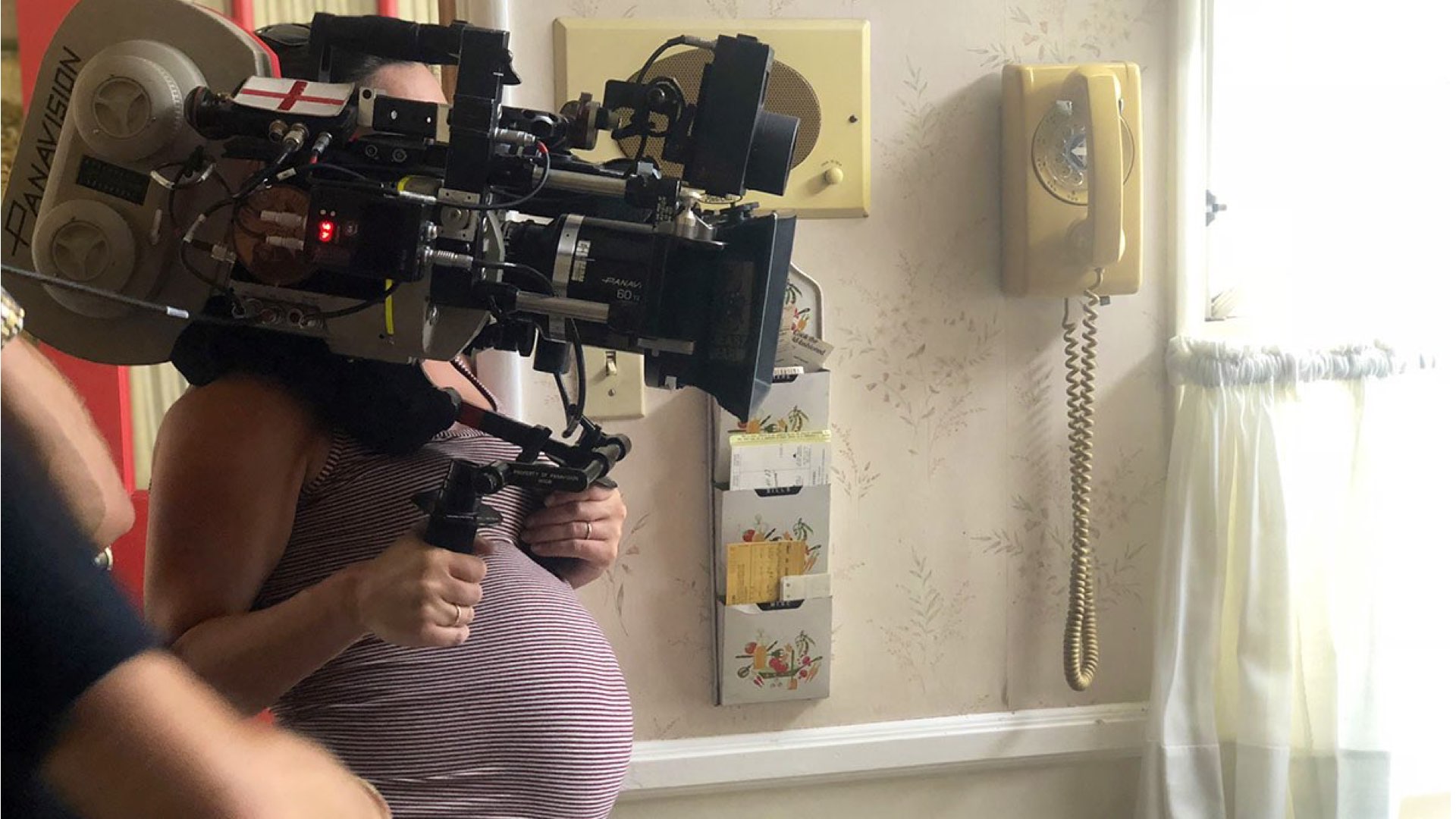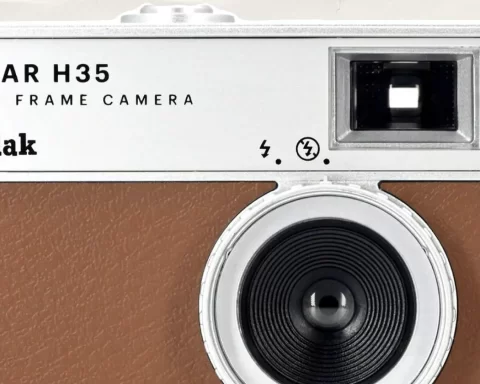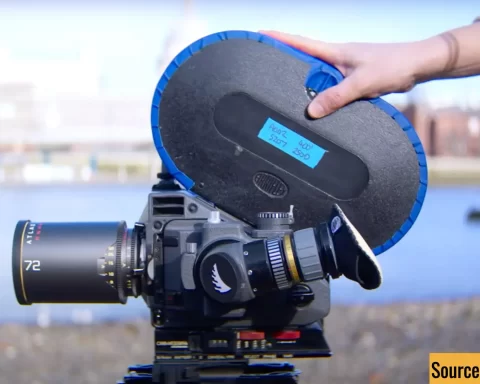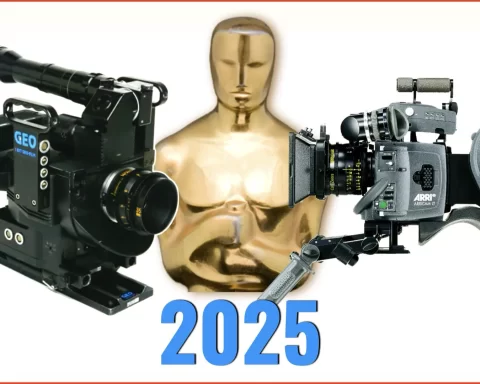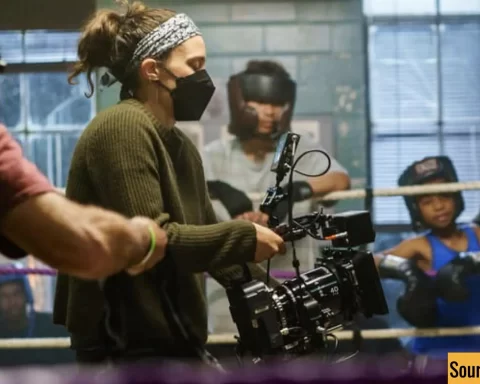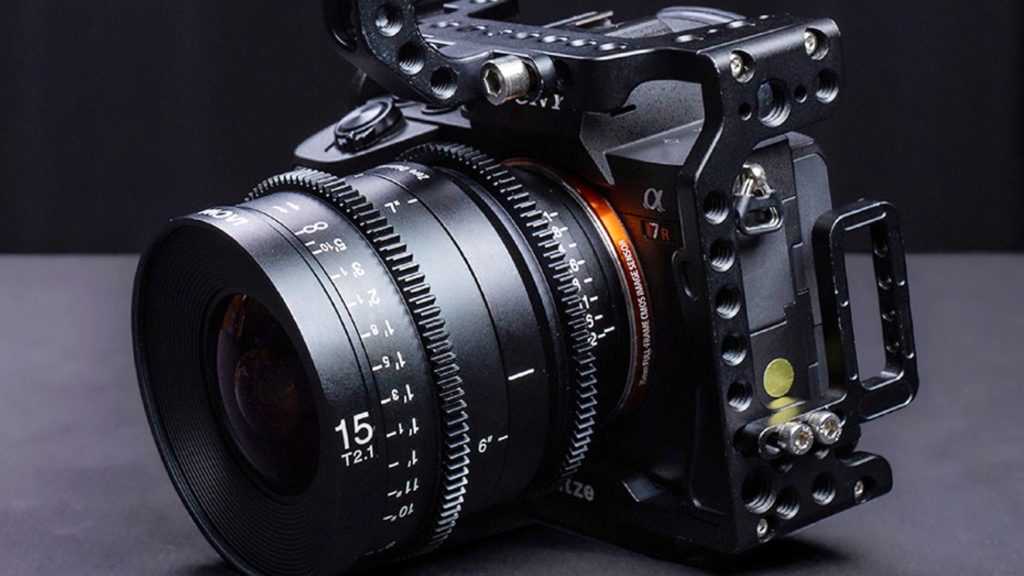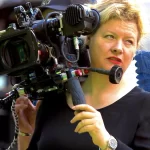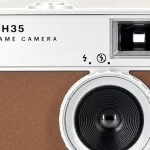Seberg is another example that film is alive and kicking. Shot by Rachel Morrison, ASC on the Panavision XL2 paired with the C series Anamorphic. As stated by Morrison: ‘This narrative begged to be shot on celluloid”.
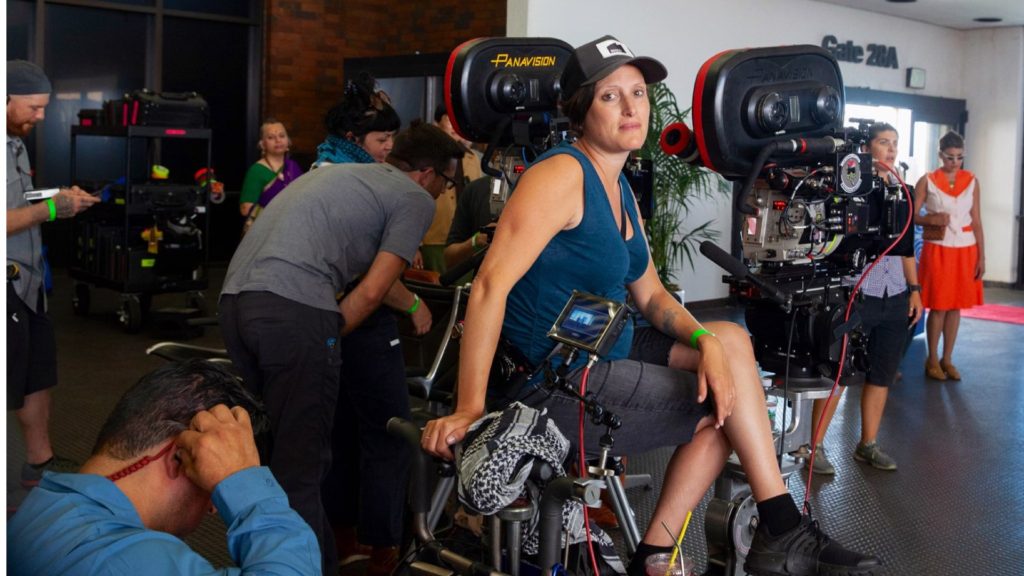
Film about a heroine shot by a top female cinematographer
Seberg is inspired by real events in the life of French New Wave icon Jean Seberg. In the late 1960s, Hoover’s FBI targeted her because of her political and romantic involvement with civil rights activist Hakim Jamal. This political thriller directed by Benedict Andrews is based on the life of Jean Seberg (Kristen Stewart). Seberg had its world premiere at the Venice Film Festival on August 30, 2019. It was released in the United Kingdom on January 10, 2020, by Universal Pictures and in the United States on February 21, 2020, by Amazon Studios, after an awards-qualifying run on December 13, 2019. Soberg was shot by DP Rachel Morrison, ASC. Watch the trailer below.
DP Rachel Morrison, ASC: The first to break to ceiling glass
Morrison is recognized as the first woman ever nominated for the 90th Academy Award for Best Cinematography. In 2018, Morrison also was the first female cinematographer nominated for the feature category of the American Society of Cinematographers Outstanding Achievement Awards. We wrote an article about female cinematographers so feel free to check it out: Women Cinematographers and The Oscar: Time to Break the Ceiling Glass.
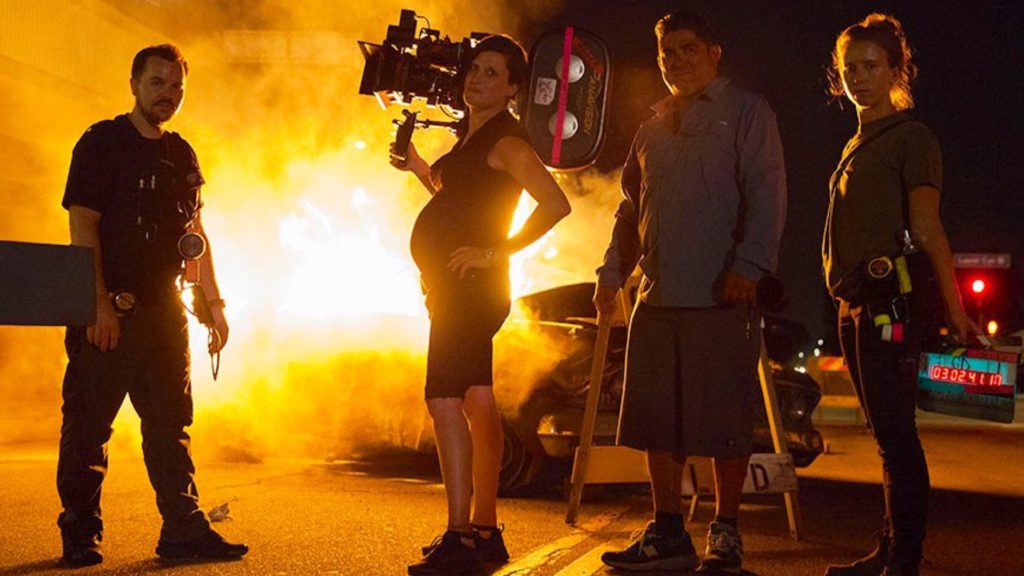
“This narrative begged to be shot on celluloid”
Morrison has decided to shoot on the XL2 35mm with C Series Anamorphic glass to “Contrast the subjective and objective experience of the watcher and the watched” as described in an interview held by Panavision. “This narrative begged to be shot on celluloid,” Morrison explains. “It is the story of a Hollywood starlet and the dark undercurrent of government”. Morrison, which was eight months pregnant with her second child when filming completed, chose to shoot with the Panavision XL2. Although the XL2 is far from being a light camera, there were a lot of handled shots that the story demanded. However, according to Morrison, the XL2 was the right choice because it is ergonomic and light compared to other film cameras. The main lenses were Panavision C-Series Anamorphic. The dominant focal points were 40mm and 50mm in order to provide a natural and precise look.
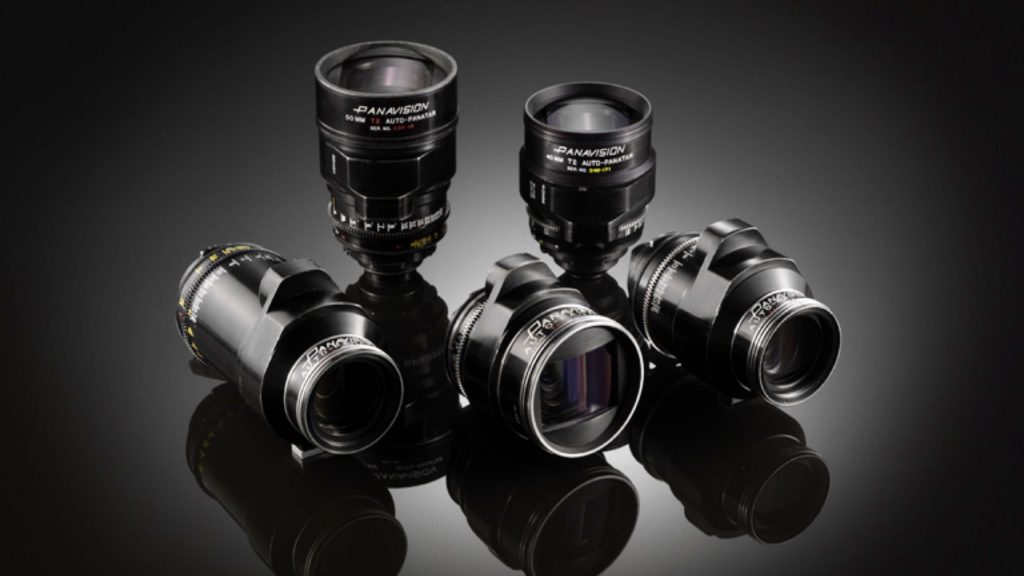
The main lenses were Panavision C-Series Anamorphic. The dominant focal points were 40mm and 50mm in order to provide a natural and precise look.
Shooting film because of the tight budget
Morrison told Kodak that: “Shooting on film was an important part of the visual language. “Jean Seberg is a 60’s icon,” noted Morrison. “Thankfully our producer Fred Berger was one of the champions for film. Usually, the producers are the ones who try to talk you out of it, but Fred understood that especially because we were on a tight budget, celluloid would give the film an inherent period feel and lend much-needed production value and scope”. Also, Morrison added that she wanted visible grain even in the daily work and also out of necessity for shooting at night. “Ironically, the 35mm stocks designed to compete with digital are less grainy. For me, part of the beauty of film is in the granularity. I find that the lower ASA stocks are beautiful in their own way but I wanted that tactile palpable organic structure to it.”
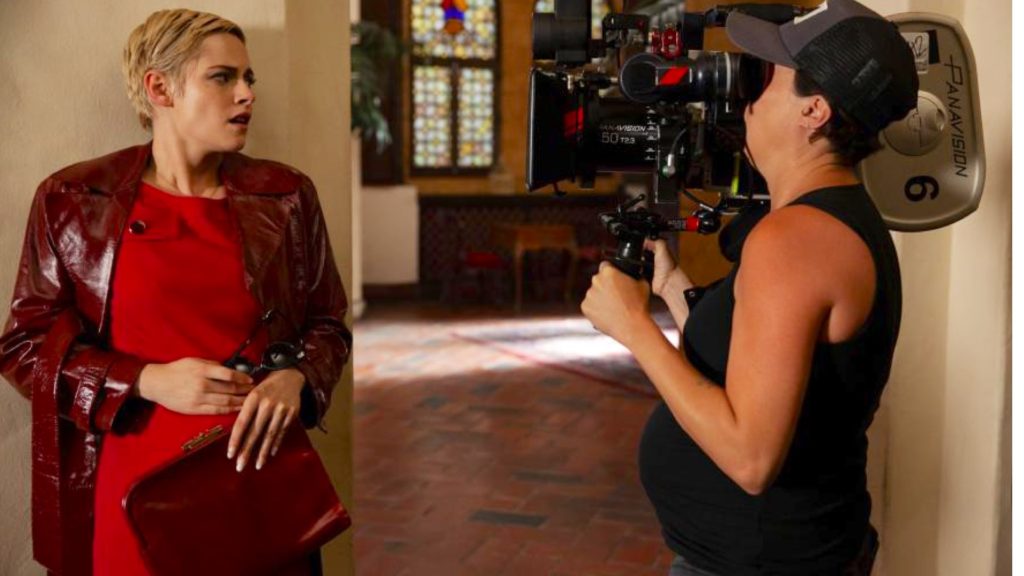
For me, part of the beauty of film is in the granularity. I find that the lower ASA stocks are beautiful in their own way but I wanted that tactile palpable organic structure to it.
DP Rachel Morrison, ASC
The digital fatigue
We wrote an in-depth article about the digital fatigue claimed by artists when they deal with ultra-high-resolution digital cameras. Read more about it: The Digital Cinema has Brought the Film Cameras Back in the Game. The truth is, that there is nothing like the real organic look of film. In some circumstances, there are pieces of evidence that shooting film is even cheaper than digital because it demands less improvisation and more planning. You are shooting less, and the post is sometimes more accurate and shorter. Besides, there is a much higher hands-on approach when shooting film as it forces you to focus on the art rather than on the technicals. “On a practical level, it was so refreshing to walk around the sets with my light meter and not be stuck in a DIT tent judging the exposure on a monitor,” reveals DP Polly Morgan BSC ASC about her working on A Quiet Place Part II set. “The rhythm and discipline of shooting on film create a very healthy focus for the cast and crew” she adds. Read more in the article: A Quiet Place Part II was Shot on Panavision Panaflex Millennium XL2 and T Glass.
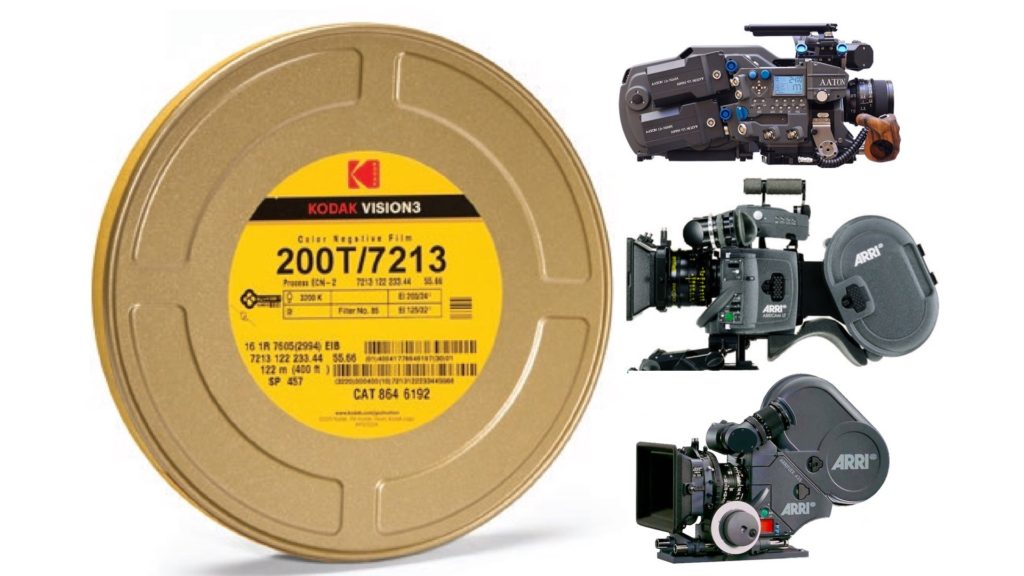
Wrapping up
It’s always refreshing and encouraging to explore more features shot on film. Personally, I think we see a continuous positive curve regarding big projects done on celluloid rather on digital. For art’s sake, it’s a good thing. Don’t you think? Comment below!

